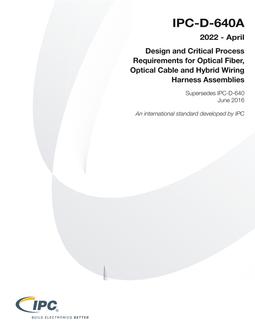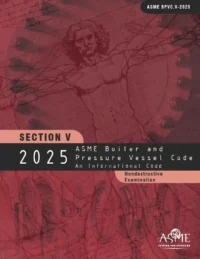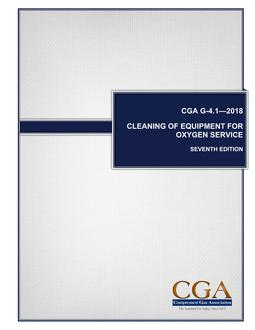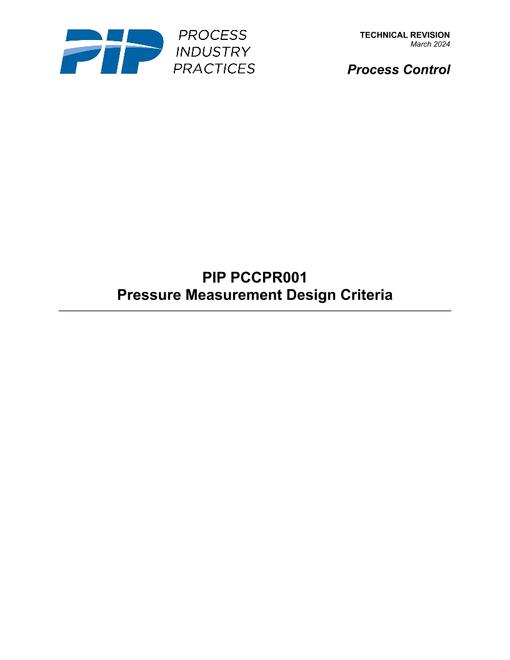MIL MIL-HDBK-526 – AIRCRAFT NUCLEAR COMPATIBILITY
MIL-HDBK-526 describes a way of learning and dealing with the aircraftnuclear compatibility certification tasks required by the Air Force Nuclear Weapons Center(AFNWC), NNSA, and SNL. This handbook provides guidance for the requirements defined inMIL-STD-1822 (Section 4), and provides a description in paragraph 4.21 how ground launchedmissile compatibility certification is accomplished for comparison purposes.
To structure the information in this Handbook, the tasks are defined in AFI 63-125 andMIL-STD-1822. This Handbook will help the reader understand what the job/task is and whatneeds to be done to complete the aircraft compatibility certification task. The Air Force NuclearCertification Process is described in detail in AFI 63-125. The Major elements of nuclear certificationare: design certification and operational certification. Components of design certificationare: compatibility certification, nuclear safety design certification, safety rules development, andtechnical order certification. Although all components of design certification are closely relatedand arguably difficult to totally separate, this document will focus on mechanical and electricalnuclear weapon compatibility certification on the aircraft platform. The Nuclear Weapon SystemCompatibility is the capability of two or more nuclear weapon system components of equipmentor material to exist or function in the same system or environment without mutual interference.Nuclear weapon system compatibility evaluations are a component of Operational Suitability asestablished in AFI 63-101/20-101. Nuclear weapon system operational suitability is a measure ofthe degree to which a nuclear weapon system or end-item can be placed satisfactorily into fielduse with consideration given to availability, compatibility, transportation, interoperability, andreliability. A successful nuclear weapon system compatibility evaluation (and subsequent NCCS)is a component of the Air Force’s Nuclear Weapon System Certification and Systems Engineeringprocesses. Nuclear safety design certification requirements are closely related to compatibilityrequirements. They are described in detail in AFMAN 91-118, Safety Design and Evaluation Criteriafor Nuclear Weapon Systems, and AFMAN 91-119, Safety Design and Evaluation Criteriafor Nuclear Weapon Systems Software, and are not repeated here. According to DODD 3150.02,section 4.2.8, “Nuclear weapon system safety, security, survivability, and use control are interrelated.Decisions concerning one should not be made without consideration of the effect of thosedecisions on the others.” Guidance for evaluation and reporting for nuclear compatibility certificationare also delineated.
This Handbook also covers the needs of survivable nuclear weapons need survivable supportequipment in paragraph 4.6. To address the interrelation of survivability with safety and security,AFNWC has a nuclear technology analysis branch, which provides scientific oversight of theRN part of the CBRN (Chemical, Biological, Radiological, Nuclear) survivability mission. Thisbranch monitors development and modification of nuclear weapons, their components, or subassembliesfor compliance with Military Characteristics and Stockpile-To-Target Sequence survivabilityrequirements.
Product Details
- Published:
- 01/11/2017
- Number of Pages:
- 60
- File Size:
- 1 file , 340 KB
- Note:
- This product is unavailable in Ukraine, Russia, Belarus





